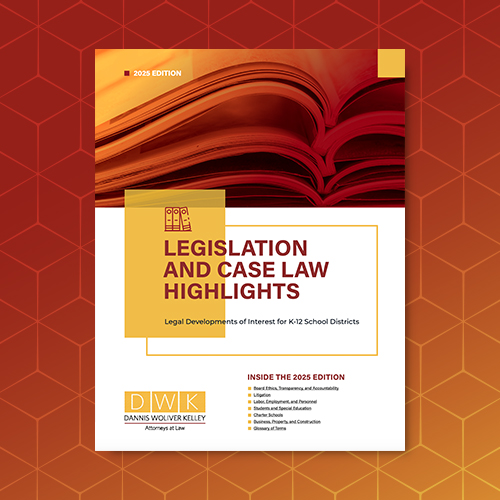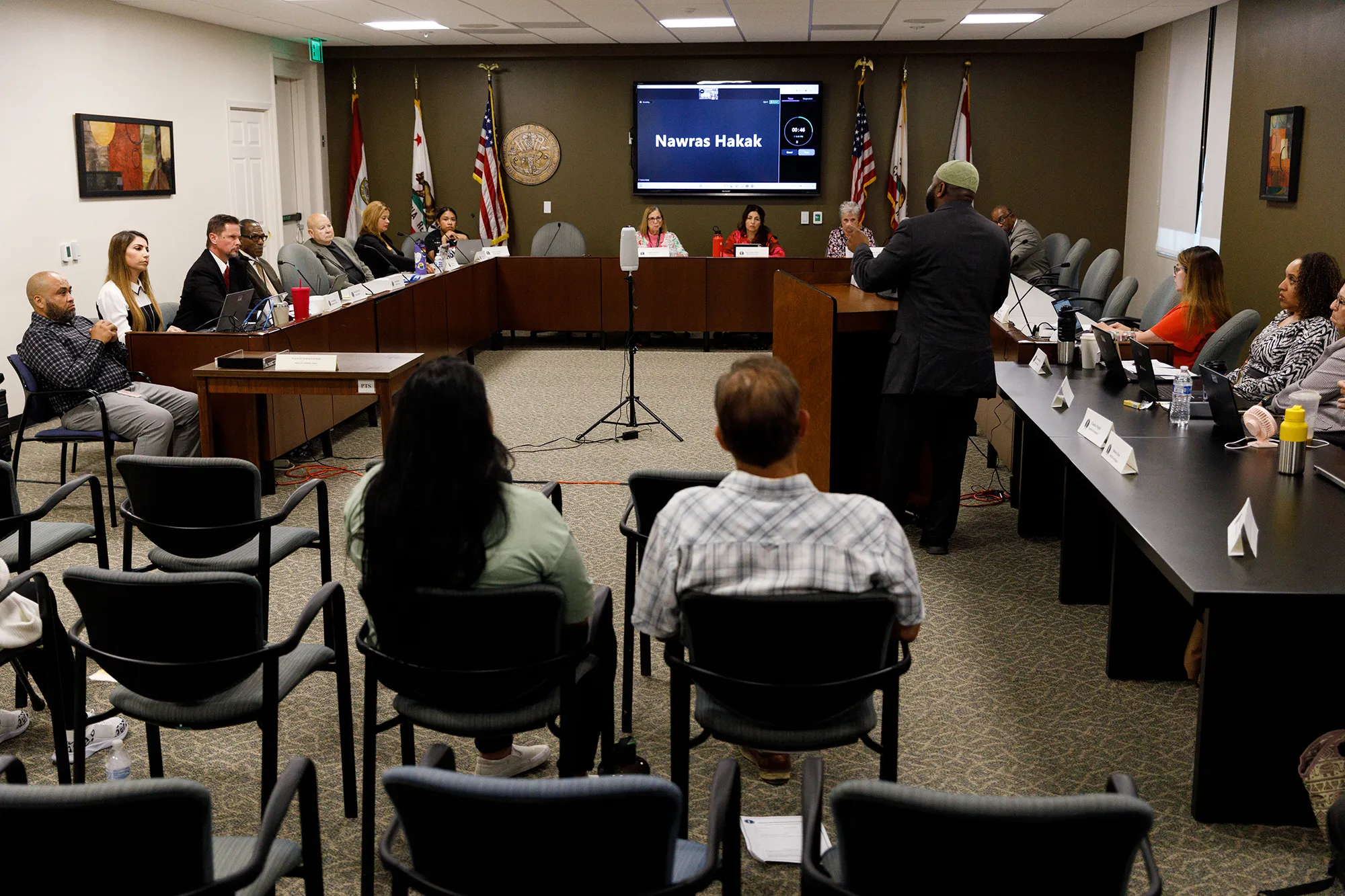For the first time since the enactment of the California Voting Rights Act (CVRA), a California appellate court has issued an opinion interpreting its application and making it more difficult for plaintiffs to successfully challenge at-large governing board election systems. (Pico Neighborhood Association v. City of Santa Monica (2020), Case no. B295935.) The CVRA prohibits school districts and other local agencies from holding at-large elections (i.e. elections in which all voters in a jurisdiction vote for all members of a governing board) in specific circumstances. While Plaintiffs in the case argued that evidence of racially polarized voting in elections was sufficient to show a CVRA violation, the Court ruled that a plaintiff would also need to establish “dilution” of the votes of members of a protected class. This will likely limit the application of the CVRA in the future, especially where members of a protected class make up a small proportion of the district’s population, and may allow school districts to retain or return to at-large elections.
Background
Since the enactment of the CVRA in 2002, local agencies throughout the State have been converting their governing board elections away from at-large elections, often under the threat of CVRA litigation. As initial efforts to defend at-large elections from legal challenge were unsuccessful, and given the cost of litigation and the potential liability for challengers’ attorneys’ fees, many agencies, including hundreds of school districts, opted to change to by-trustee area elections. By-trustee area elections are elections in which voters in geographic subdivisions of the district each vote for one member of the governing board.
In Pico Neighborhood Association, Latino residents of the City of Santa Monica (“Plaintiffs”) filed a CVRA challenge against the City. At that time, Latinos comprised approximately 16% of the City’s population. The Plaintiffs alleged that the use of at-large elections for city council elections prevented Latinos from electing candidates of their choice or influencing election outcomes; they thus alleged that, the system violated the CVRA. After a 24-day trial, the trial court agreed with Plaintiffs and ordered the City to change its elections. The City appealed.
Decision
The Court of Appeal reversed the trial court’s judgment. It held that the trial court’s analysis had not addressed all of the requirements necessary to show a violation of the CVRA and, upon examination of those factors, the Plaintiffs had failed to meet their burden. Specifically, Plaintiffs had failed to show that the use of at-large elections had led to the “dilution” of the rights of voters.
Plaintiffs had argued that a showing of racially polarized voting was sufficient to establish a violation of a CVRA. Racially polarized voting exists where “a protected class’s electoral preferences are different from those of the rest of the electorate in a legally significant way.” Plaintiffs argued that the language of the CVRA indicated that a showing of racially polarized voting satisfies and supplants the “dilution” element of a CVRA violation.
Reviewing the statutory language of the CVRA, the Court disagreed. It explained that a plaintiff needs to show both racially polarized voting and dilution in order establish a violation of the CVRA. This led the Court to examine what “dilution” meant for purposes of the CVRA.
In short, the Court suggested that the dilution standard would be met where it could be shown that the election system itself (as opposed to the size of the population of the protected class) was the cause of dilution. For example, it noted that the highest proportion of Latino voters in any of the proposed voting districts would have been 30%. It concluded this was insufficient to show dilution because 30% is not enough to win a majority and the result of the election would be the same under either election system. In short, plaintiffs had “failed to show the at-large system was the reason Latinos allegedly have had trouble getting elected to the City Council. At-large voting is not to blame. Small numbers are.”
Plaintiffs also argued that even if 30% was not sufficient to show that Latino voters could elect a candidate, the larger proportion of Latino voters in a district (compared to the percentage City-wide) would allow them to influence elections. Plaintiffs argued they could show a violation of the CVRA in this manner. Again, the Court of Appeal disagreed. It explained this standard “would give a winning cause of action to any group, no matter how small, that can draw a district map that would improve its voting power by any amount, no matter how minuscule.” Although, the Court left open the possibility that a near-majority district might meet the “influence” standard. Ultimately, the Court concluded that “dilution requires … evidence the change [in elections] is likely to make a difference in what counts in a democracy: electoral results.”
As Plaintiffs had failed to show that the City’s use of at-large elections resulted in “dilution” (even assuming the existence of racially polarized voting), the Court of Appeal rejected their CVRA challenge.
Impact
Assuming the California Supreme Court does not take review of the opinion, this ruling will have a substantial impact on school district and community college district elections. While some districts voluntarily adopted by-trustee area elections, many felt compelled to do so given the threat of litigation and a belief, based on lower court decisions, that their at-large election systems would not be upheld. As noted above, given the absence of any authority applying the CVRA and the high cost associated with litigating CVRA challenges, many districts that faced CVRA challenges decided to transition to trustee area elections instead of contesting the challenge. This opinion clarifies the standard for CVRA challenges and suggests that in many districts, the CVRA does not prohibit the use of at-large elections.
Key to the opinion’s impact is its focus on the need for a plaintiff to show vote dilution. While racially polarized voting may be found in elections across the state, many districts have similar demographics to the City of Santa Monica – where members of any one protected class make up a small proportion of the district’s population. The opinion suggests that in such a situation, it would be difficult to show a violation of the CVRA. Thus, the opinion could limit the application of the CVRA to many districts across the State. Further, districts that moved to by-trustee area elections to avoid a CVRA challenge, but who fall outside the scope of the CVRA as defined by the opinion, may consider shifting back to at-large elections.
As the opinion makes clear, application of the CVRA is a fact-specific analysis and districts should consult with their counsel regarding application of the CVRA. If you have any questions regarding the application of the CVRA to your district, please do not hesitate to contact a DWK attorney in the BETA or Litigation practice groups.



